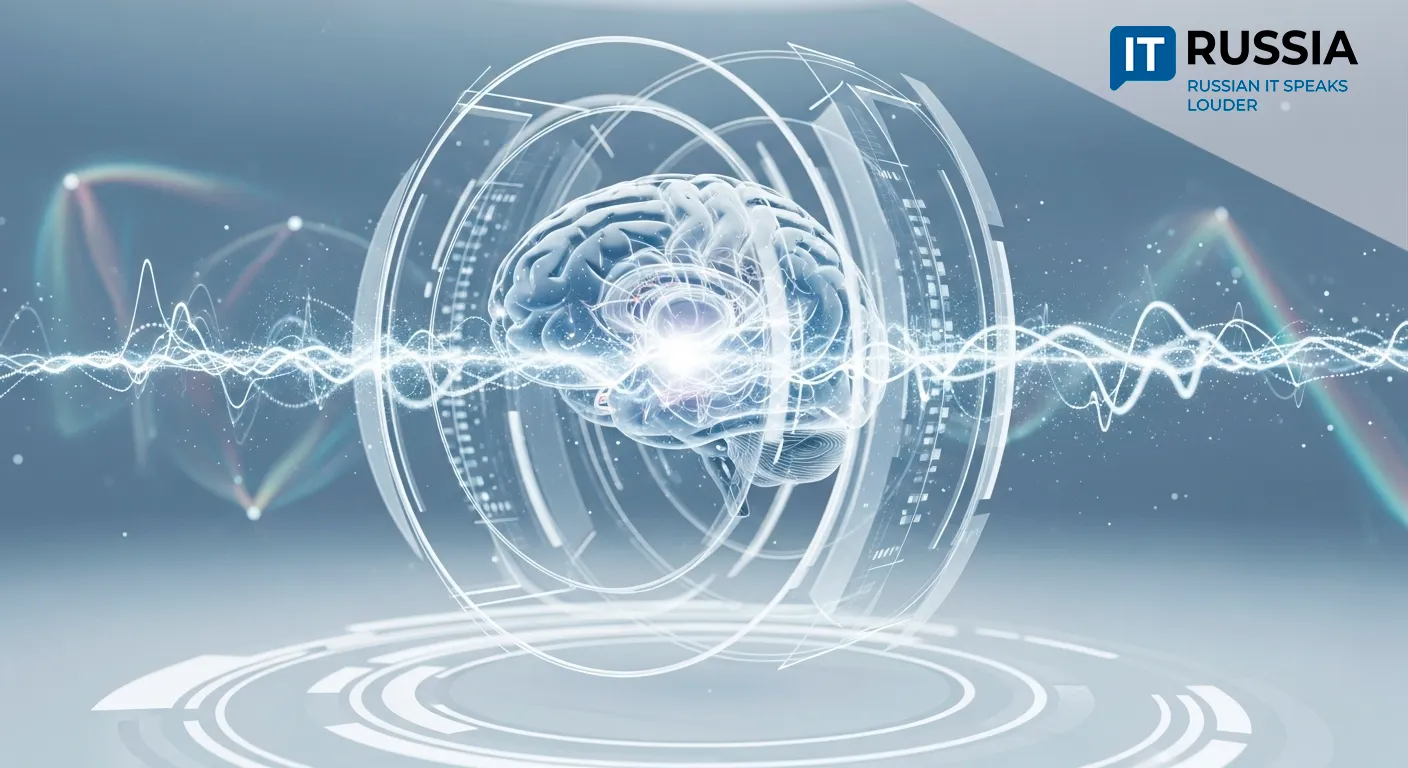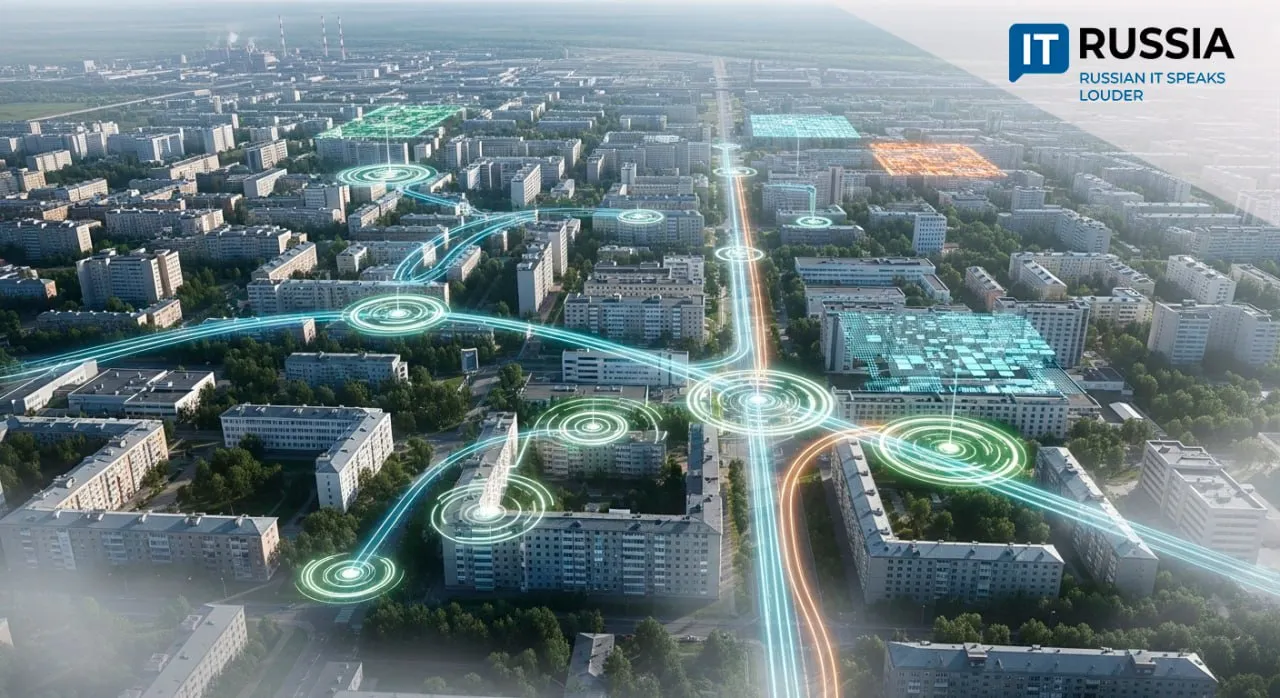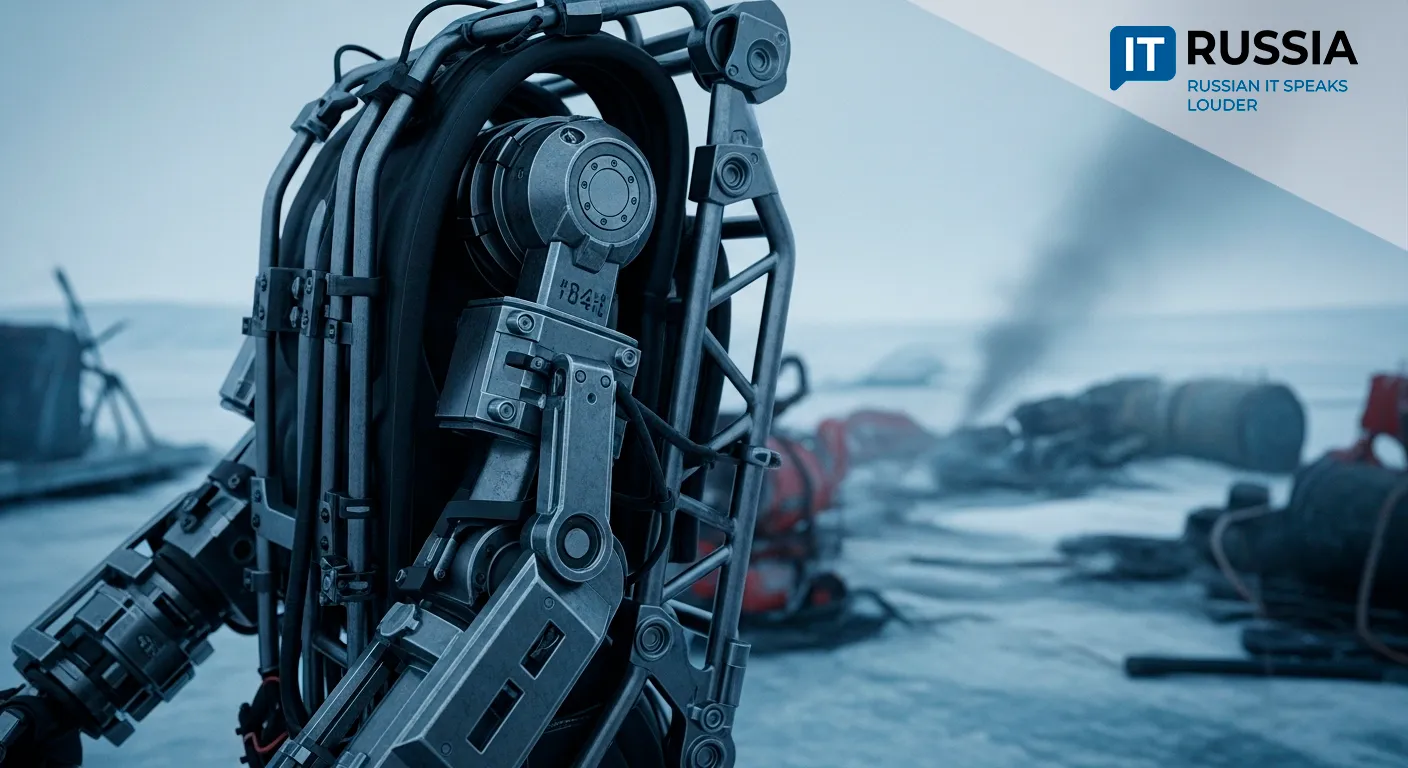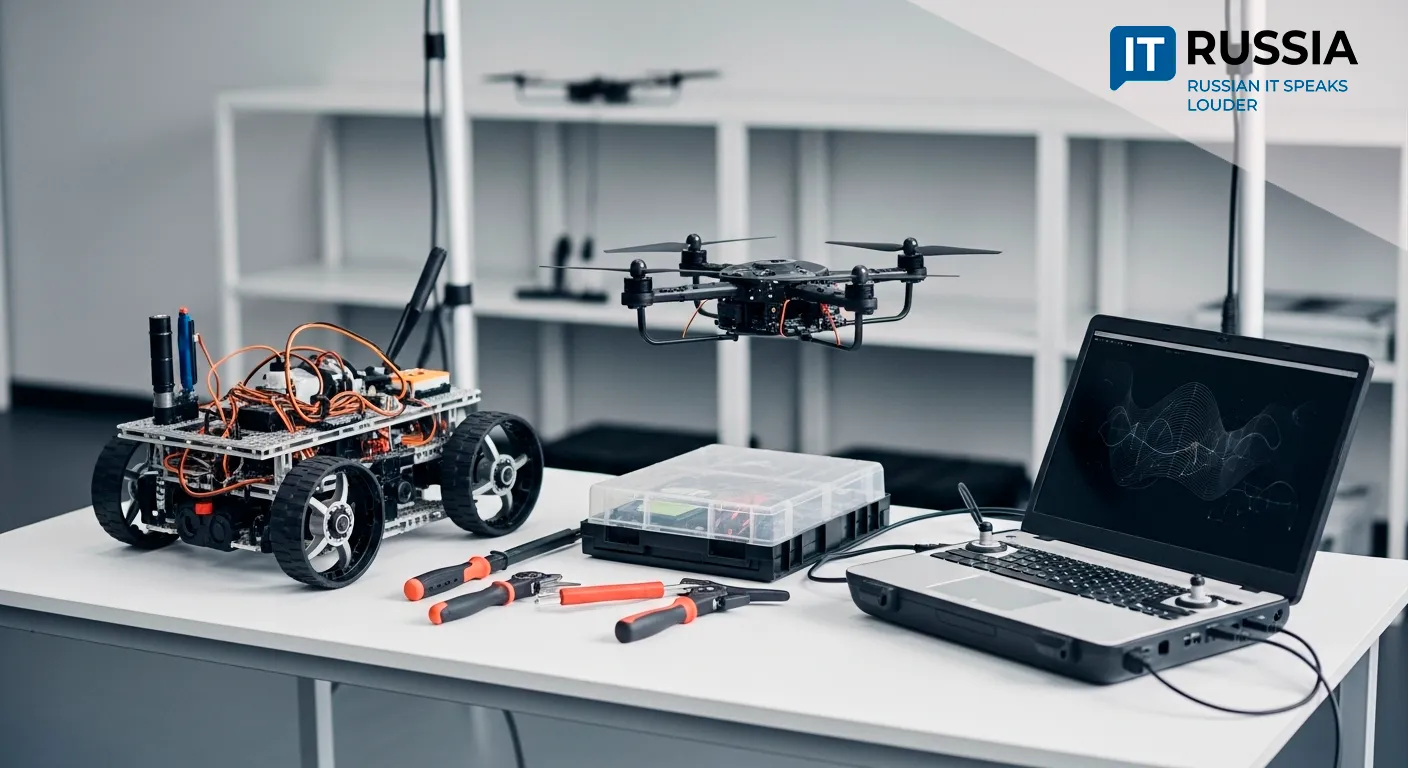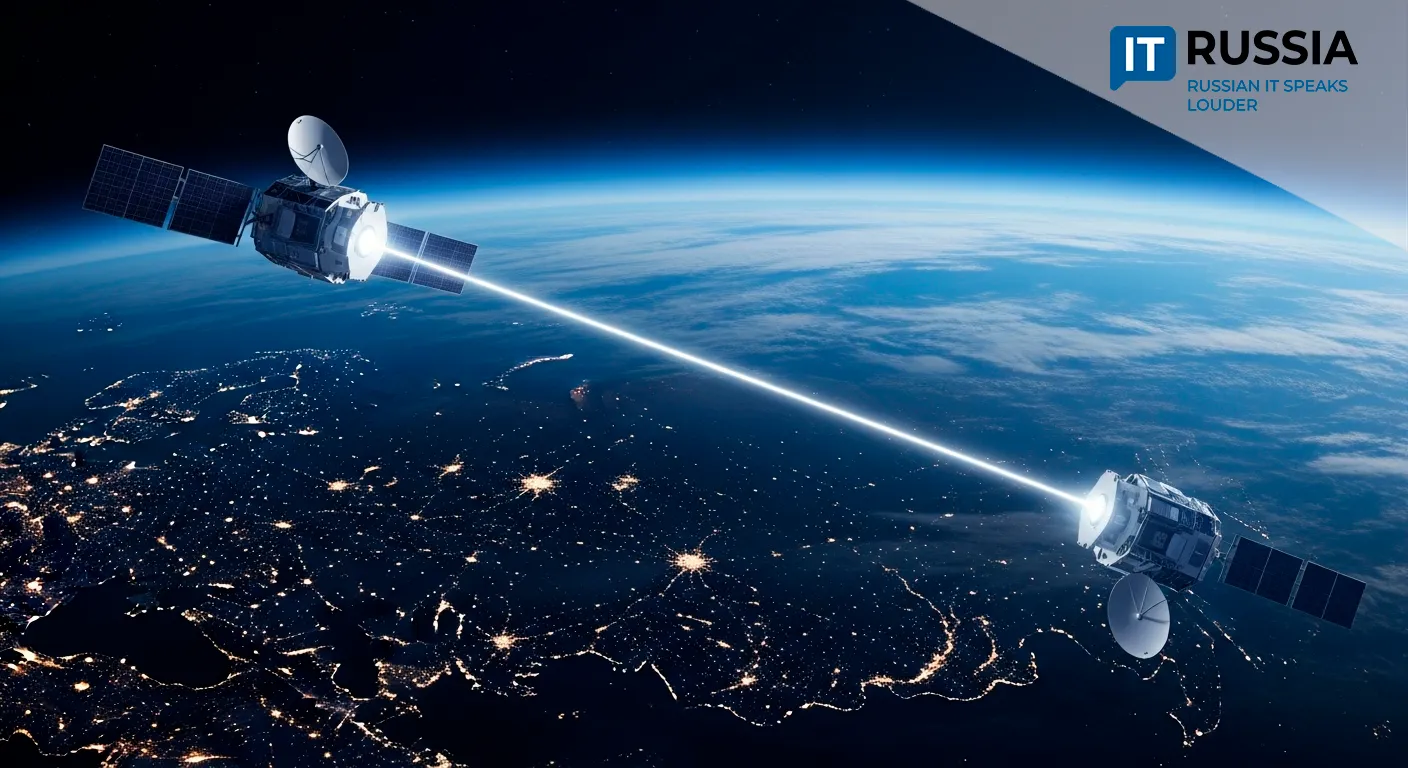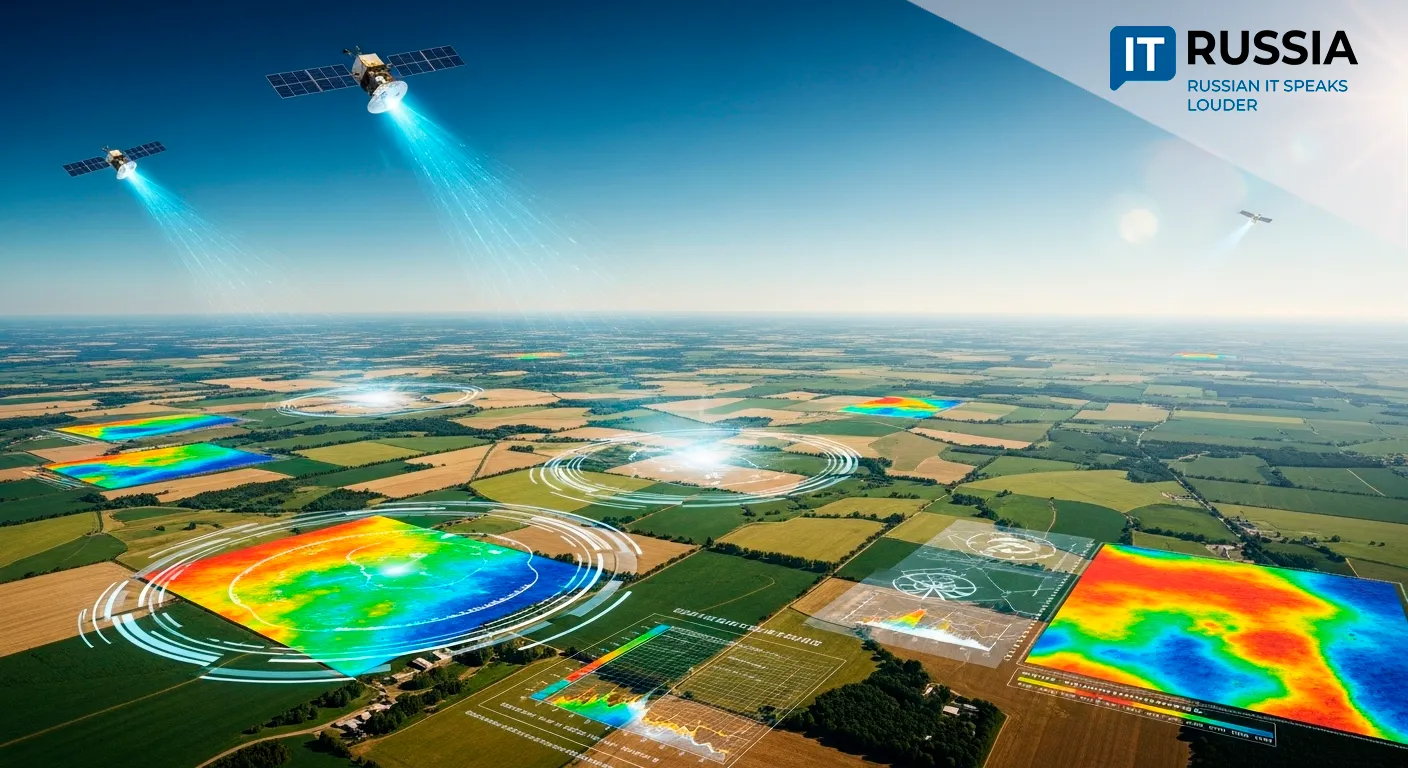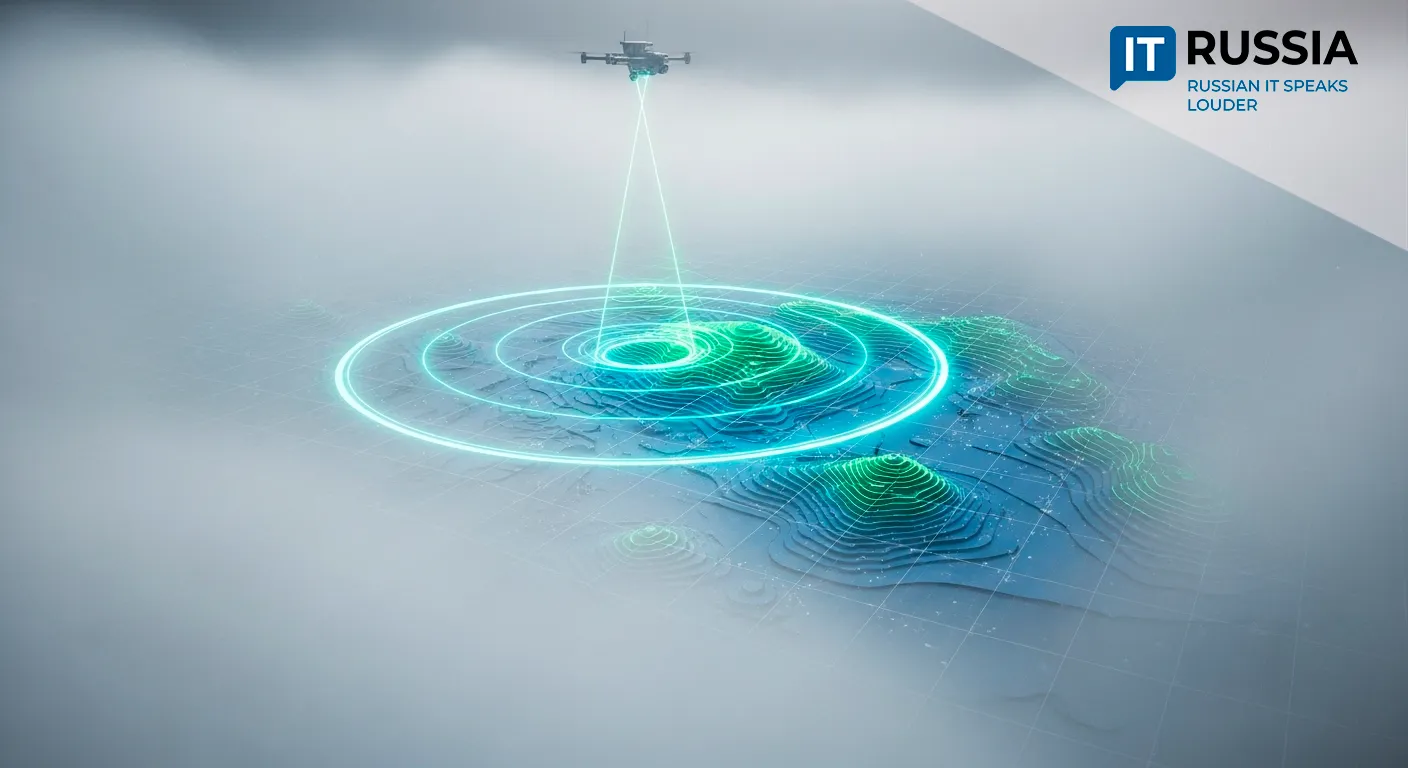Neuromorphic Revolution: Russia Builds an Artificial Brain

Scientists at the Russian state corporation Rosatom have developed the country’s first neuromorphic robot control system based on domestically produced memristors — a breakthrough in next-generation electronics. The system mimics brain function, enhancing the adaptability and energy efficiency of robotics.
Thought-Powered Control
Researchers at the National Center for Physics and Mathematics (NCPM), supported by Rosatom and Nizhny Novgorod State University, have created Russia’s first neuromorphic control system using domestically manufactured memristors.
By reading brain signals through an EEG headset, the system enables robots to be controlled via brain-computer interfaces (BCIs) — a technology often described as enabling control 'with the power of thought.' This represents a major breakthrough in neurointerface development, reinforcing Russia’s technological sovereignty and expanding its export potential in both medical and industrial robotics.

High Export Potential
The system has significant international market potential. BRICS nations such as India and China have already shown interest in applying neurointerfaces in medicine and manufacturing. Rosatom plans to integrate the system into projects like nuclear power plants in Egypt and Turkey, where it could help operate robots in extreme environments.
Standardizing and scaling production could open markets in Asia and Latin America, where demand for medical robotics is rising. Domestically, the technology is well suited for nuclear energy applications — such as controlling robots in reactor environments — as well as for use in prosthetics, exoskeletons, and autonomous space systems. Integration with AI and digital twin technologies will improve control accuracy and accelerate deployment.
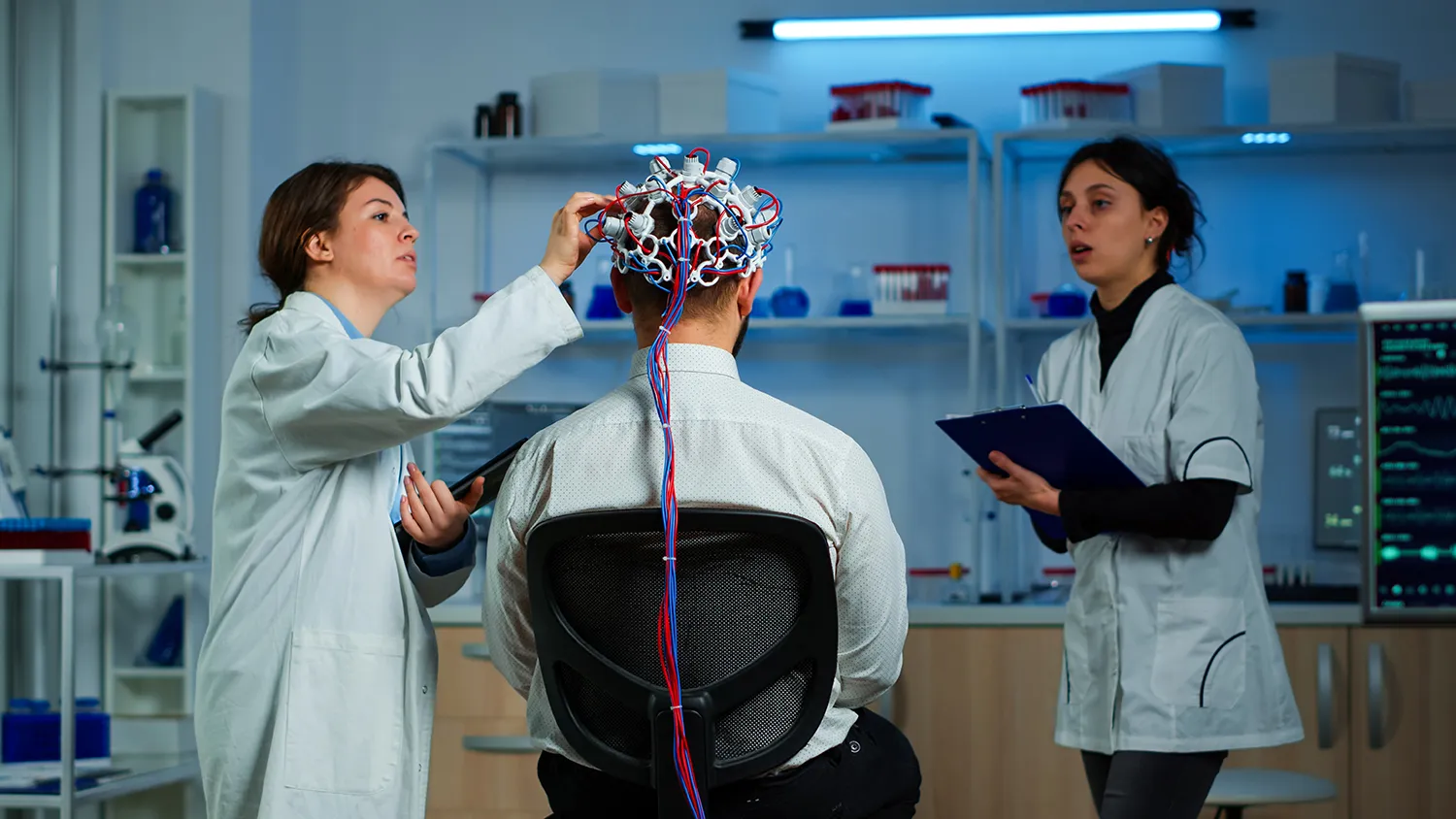
Backstory and Global Landscape
Since 2020, Rosatom has been working on memristor technology through the NCPM program, beginning with electronics R&D. By 2023, neuromorphic robot control systems entered testing, and by 2024, prototype systems demonstrated 40% greater energy efficiency compared to current solutions. U.S. and Chinese institutions — including IBM and Tsinghua University — are also advancing memristor-based AI.
However, the Russian effort stands out for its full localization of production. In 2022, Rosatom deployed AI to control nuclear plants, laying the groundwork for today’s neuromorphic advancements.
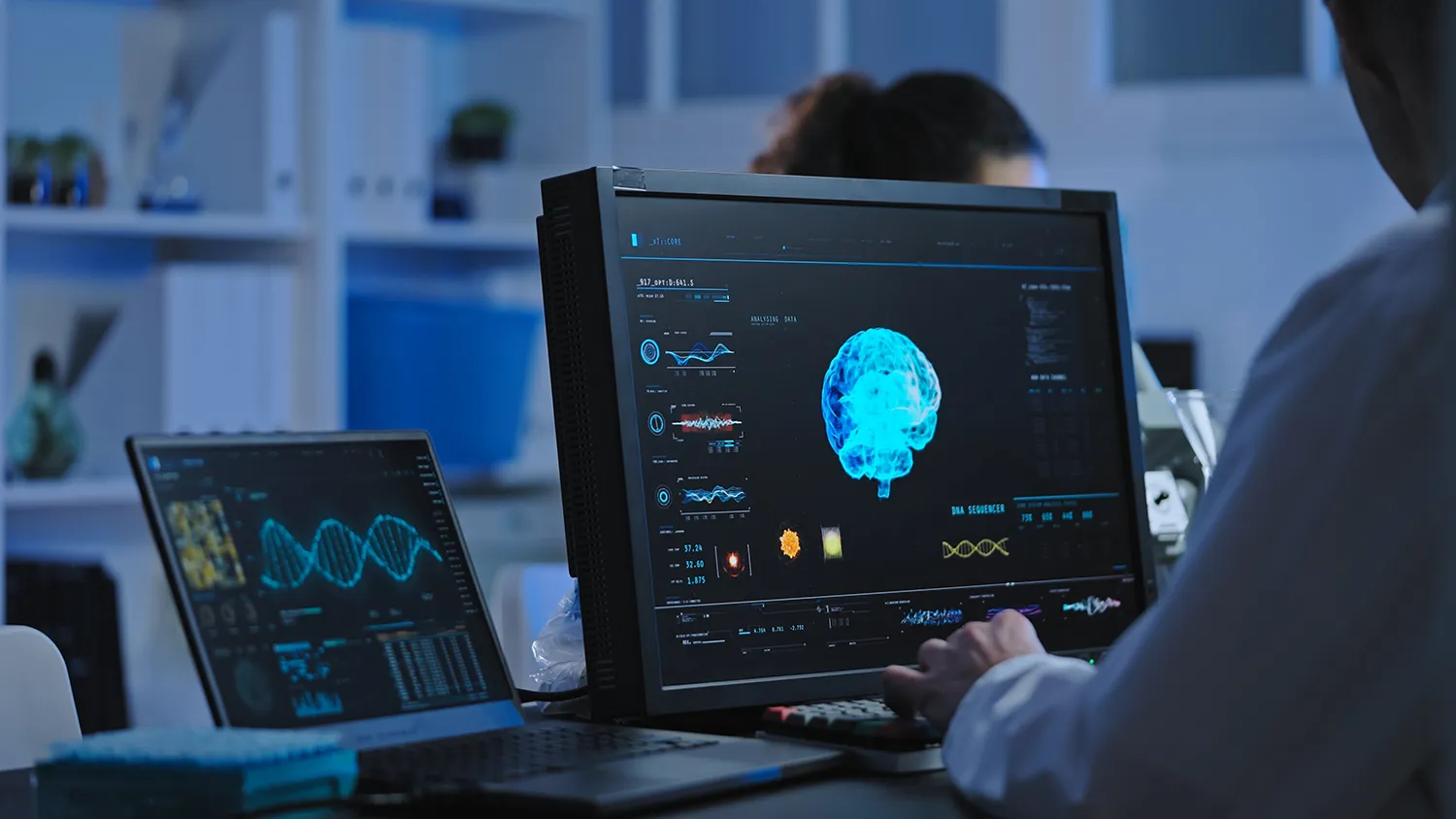
Outlook and Strategic Implications
Rosatom’s neuromorphic control system marks a major leap forward in robotics, reinforcing Russia’s leadership in IT and advanced science sectors. By 2027, the technology is expected to be deployed in Russian nuclear facilities and space programs. By 2030, it may be exported to BRICS countries. This innovation strengthens national technological sovereignty and opens the door to new international contracts. Risks — such as certification hurdles and global competition — remain, but the project’s success could spark a revolution in robotics.





